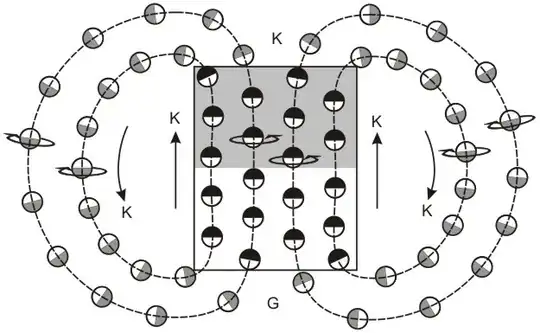Magnetic monopoles certainly exist. This does not require a GUT, they exist in any theory where the electromagnetic U(1) is compact (i.e. where charge is quantized). This follows only from the semiclassical behavior of black hole decay, and so does not require unknown physics.
The reason is essentially the one you state--- you can polarize a black hole in a strong magnetic field, and let it split by Hawking radiation into two oppositely magnetically charged black holes of opposite polarities. Magnetically charged black holes exist in classical General Relativity, as are arbitrary electric-magnetic charge ratio holes, and you can't forbid them, at least not for macroscopically sized black holes, without ruining the theory.
When you let the monopolar black holes decay, you find relatively light monopoles. The lightest monopoles will be lighter than its magnetic charge, so that two such monopoles will repel magnetically, not attract. Presumably, the monopole you find will be a (small multiple of) Dirac's magnetic monopole quantum.
To me, this is as certain as the existence of the Higgs. We haven't observed either one, but the theoretical argument is completely convincing.
